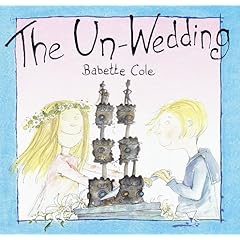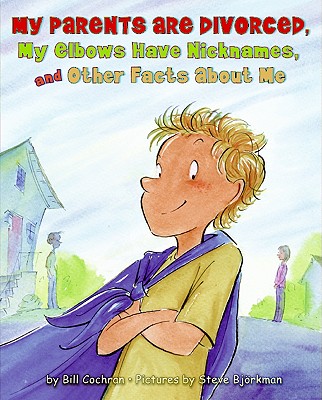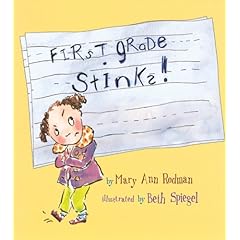
The Misfits by James Howe surprised me and was not at all what I expected the book to be like. For being such a controversial book, I thought it would be something I was wary of while reading. However, I liked this book. I'm not sure if I would want to read this book to students, but I think it could really benefit some students who read it.
Bullying, name-calling specifically, is what The Misfits takes a new approach in discussing. The story focuses on a group of students, four friends, who are going to run for student council. They must recruit other students to run with them, decide a platform on which to run, and convince the school that they should be eligible to run. There are numerous complications, and that keeps things exciting. Each of the main characters (Bobby, Addie, Joe,and Skeezie) has been bullied, and they are sick of it. There is an unexpected hero who saves the day and makes many aspects of the book possible.
Each of the main students (along with others) have been called many names. However, they are called names for different reasons. Because of this aspect, I think this book is great for helping readers identify with the book. Bobby is quiet and overweight, and he is often overlooked. His mom passed away when he was younger, and his life has been a little rough since. Addie is a very tall, opinionated, and many students have issues with her "know-it-all" attitude. It is her idea to push for a third party and she is in charge of organizing the campaign and being president. Joe is bright, confident, and very creative. He is also gay. Skeezie is the kid everyone thinks is trouble. He looks as though he is up to no good, but he has a kind heart. Because there was such a variety of characters, I think readers will be able to identify with one themselves or with someone they know. The most controversial character, in my opinion, is Joe. Because he is gay, that may make some people uncomfortable. This is one aspect of the book that I really liked, but it also made me a little unsure about whether or not I would read it to students. I think it is absolutely fantastic how the author described this and discussed this element of Joe's life. It did not portray him as weird or say anything offensive. His family and friends were accepting. I can see how some people who be uncomfortable with the author being so frank about Joe liking a boy and wanting to hold hands. I can also see that this would be a little controversial when he and Colin both like each other. However, I found this refreshing. Here was a middle school boy who accepted himself and did not feel ashamed.
I think I would suggest this book to individuals who may be bullied or feel as though they are "different" from others. I don't know if this would be a book I would have in my classroom, but I would not be opposed to having it there if the school district allowed it. I was surprised with my own reaction to this book. If someone would have told me they discussed gay relationships in middle school, I would have immediately said "not a book I think would be appropriate". However, there were so many great aspects of this book. After reading I felt as though it would be a book that is appropriate for some (not all) students. The author sends out a positive message surrounding individual differences, friendships, bullying, and various life experiences. I found the speech in the end to be very inspiring. It was great, and I think that was a great way to end the book. Even though they didn't win the election, they made a difference in their school.
There were so many elements of this book that I found interesting. As I previously said, the characters themselves and the story line were unique. The Misfits is a book that should be available to any student who wants to read it. It should not be banned because it offers numerous positive aspects and has a lot to offer readers.



















